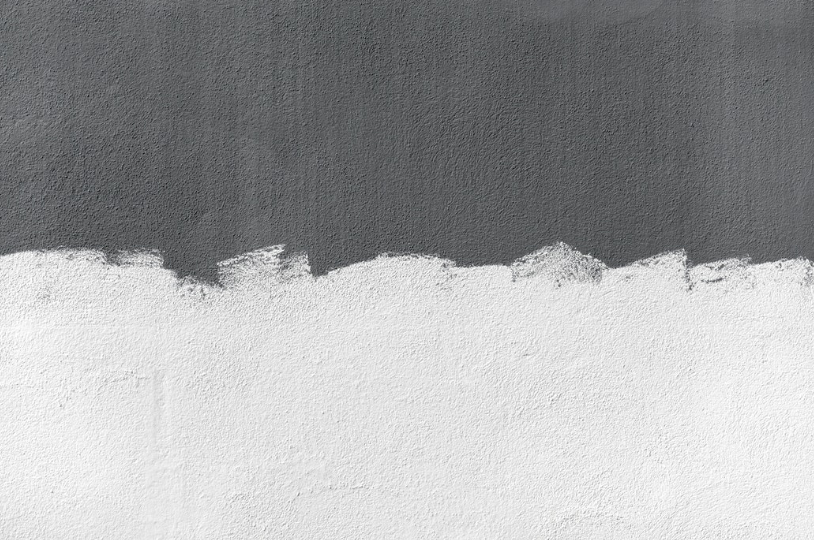Large industrial halls, building walls, steel constructions, ships – there is no way those could by painted manually, with the use of traditional paint rollers or brushes. It takes so much time for paint to set and dry and then there is the need to apply a second layer, which would cover those areas that the first one didn’t manage to cover and if it’s still uneven, the third layer has to be applied. It’s a grueling, boring process that generates large costs – both in materials (paint and paintbrushes may not be expensive, but once you have to use so much of it, the deal becomes quite pricey) as well as time. What would industry say if there was another, more efficient way of painting their spaces and creating even surfaces with just one layer of paint? No fuss, no slowly drying paint and a job done in a day or two (if the surface is really big)? The hydrodynamic painting stands here as the answer to their needs.
How hydrodynamic painting works in practice
Before we start diving into examples, the general idea of hydrodynamic painting should be discussed. How does the method actually work? It’s simple! Instead of a paint roller, professionals specializing in hydrodynamic painting use spray guns. High pressure created by the gun breaks the paint apart creating small droplets, which are then shot out of the gun and onto given surface. Here it is worth mentioning, that hydrodynamic painting helps with both large-scale walls and flat surfaces as well as more detailed steel construction elements. That being said, there is no wonder that the industry has been using hydrodynamic painting as the only way of refreshing and renovating their workspaces. How does it transfer to practice?
Hydrodynamic painting – who uses it
Starting with the obvious one – industrial halls. Any production company that uses factories and industrial halls needs to work at a place with certain standards. One of them is a clean and fresh area that is regularly repainted and refreshed. Huge hydrodynamic painting machines and spray guns allow covering big walls and all the steel elements quickly, evenly and efficiently. That saves time and money, as it doesn’t create unnecessary breaks in the work dynamic. In such places, painting is usually done at night or during off days, so that the workers don’t even need to stop their production process.
Hydrodynamic painting is also used by any architecture companies that are building or renovating bigger buildings. With blocks of flats being a popular choice in towns and cities, administrators have to resort to hydrodynamic painting for renovation works if time and money is of the essence. Painting walls with a spray gun are as easy as painting gets and with a proper preparation, it is the quickest and the least messy method of them all.
As the final example of hydrodynamic painting use, we should mention the marine industry. Painting ships and their mixed material elements is not an easy task. The smooth finish that hydrodynamic painting gives is of the essence here and the fact that there is no need for multiple layers ensures that there are no stops that the factory has to make to allow the paint to dry.
